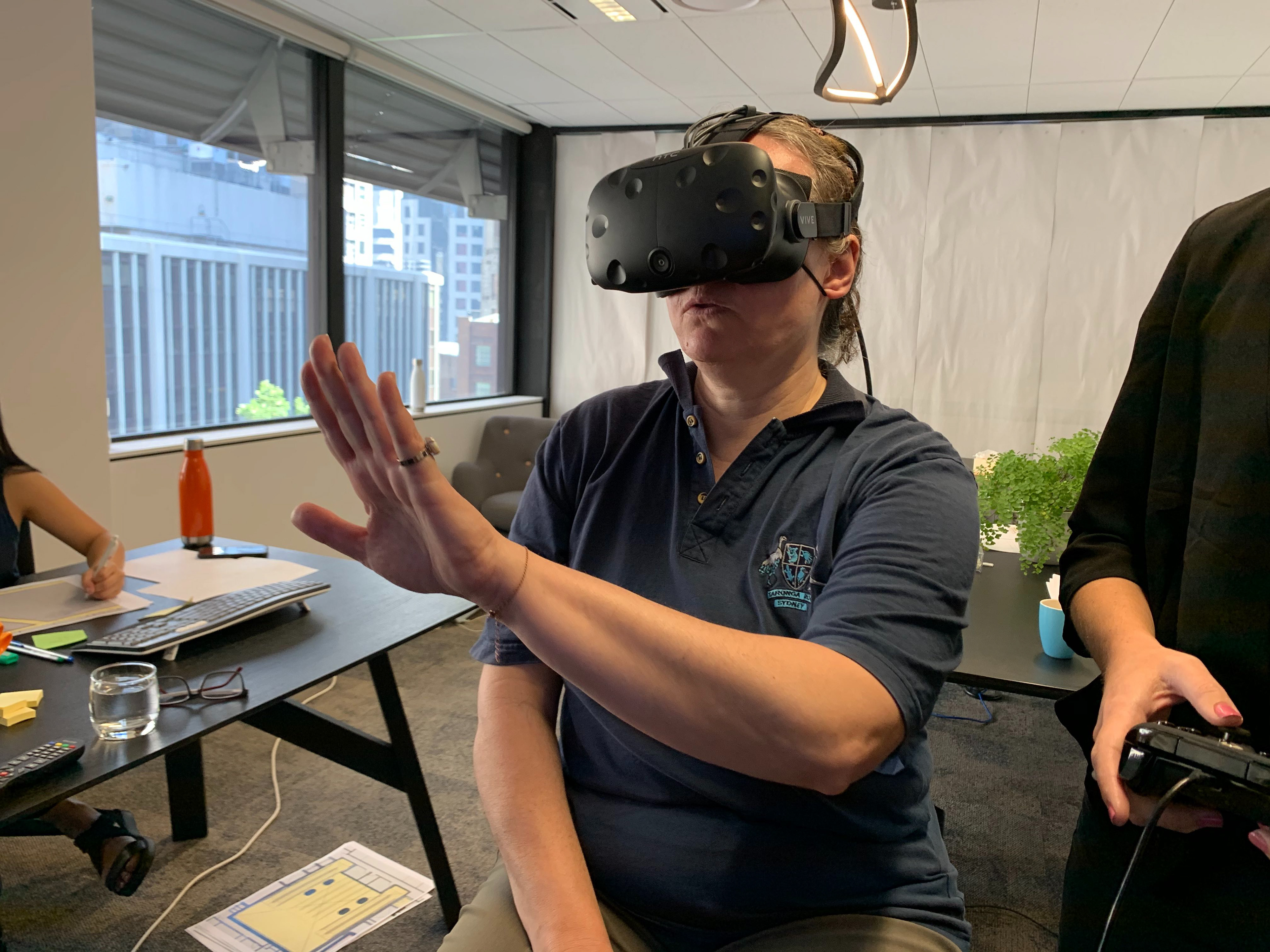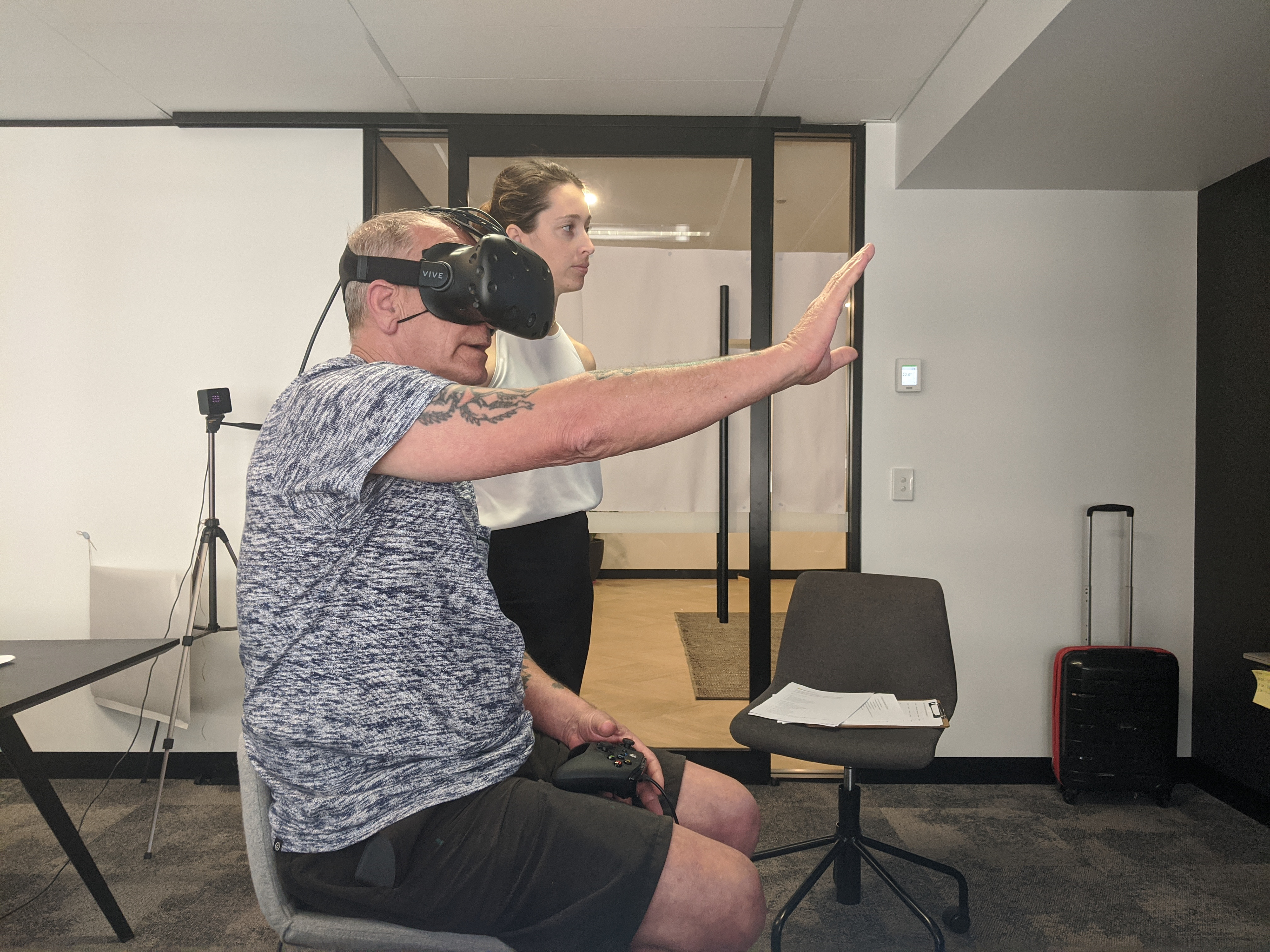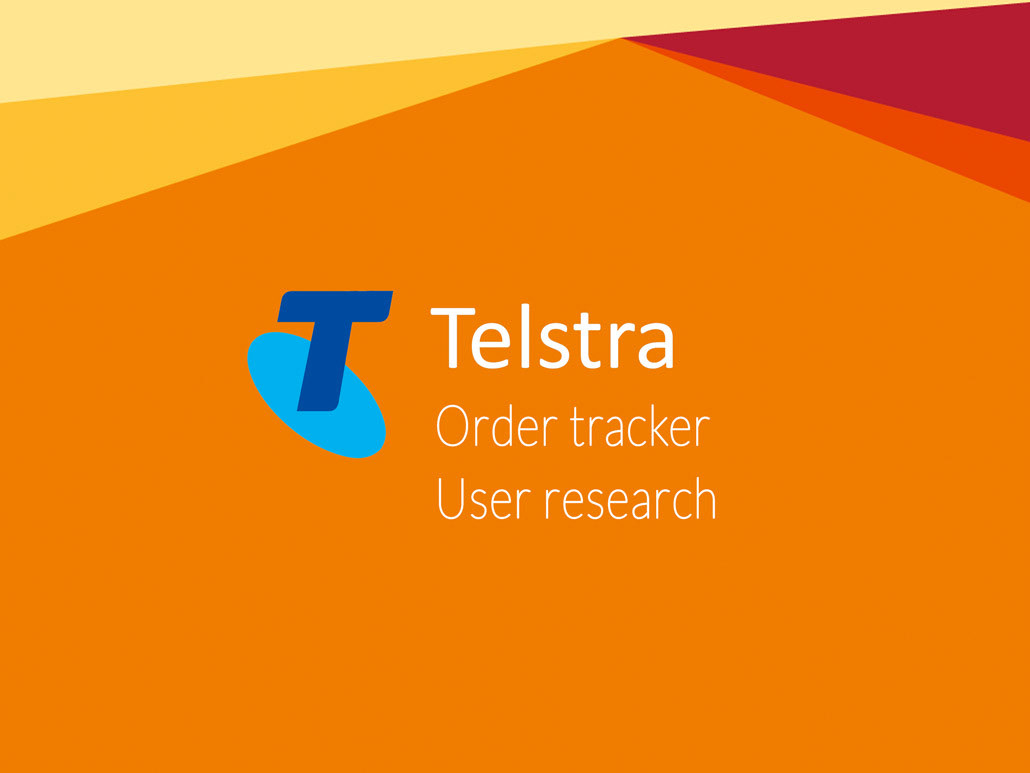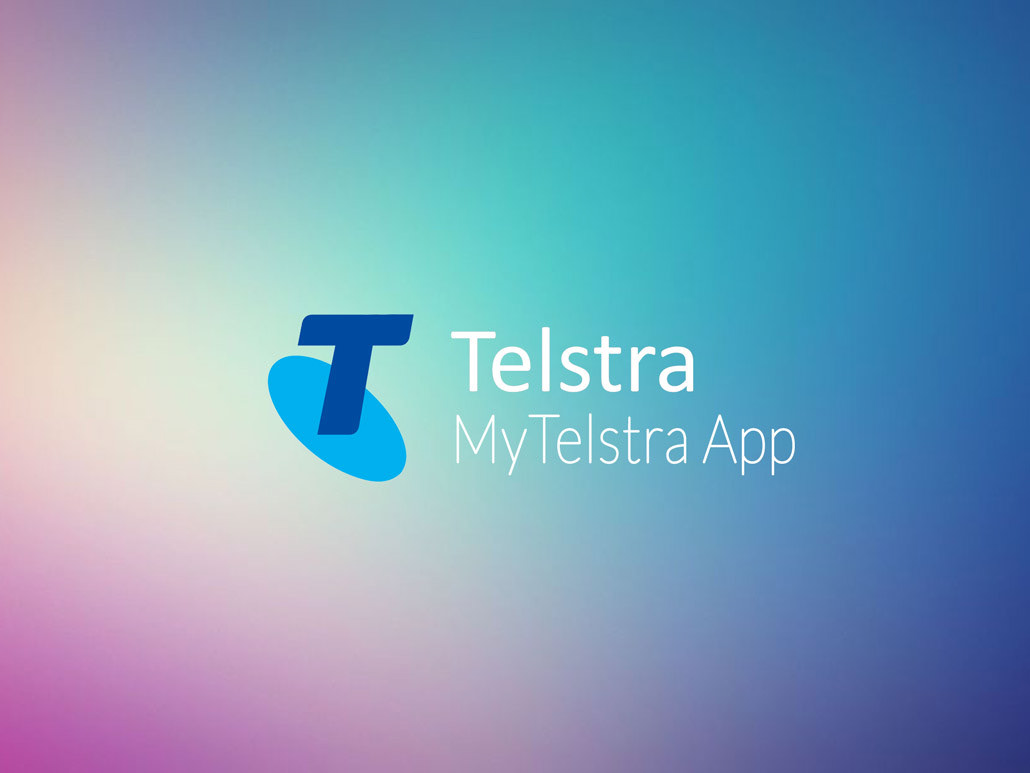Customer research and testing
Built Environment Design: Virtual Reality Testing | Insight Development | Cognitive Walkthroughs | Stakeholder Ride-alongs | Customer Journey Mapping
Note: Some information and deliverables have been intentionally left out of this case study due to NDA
The Problem
Sydney Metro is Australia’s biggest public transport project delivering 31 new metro stations across Sydney, providing a major upgrade to Sydney's public transport system.
Pitt Street station, in the heart of Sydney city is set to become a new landmark and hub of operation for those commuting in and out of the city. Whilst architects, planners and engineers can ensure the station operates to code and is visually appealing, it is essential for the station to function effortlessly for the customer. Providing a system that is easily and intuitively navigated, without hinderance or confusion.
The Goal
Encourage empathy throughout the design process to create a transport experience which appeals to customers’ needs now and in the future.
Understand how and why customers interact with the station in different scenarios to open up short and long-term opportunities to better the customers experience. Ultimately challenging and validating the designs objectively with very tangible results.
Overview
The objective of this project was to embed the customer centric design approach into the design process of Pitt Street Station. This included preparation, implementation and management of a customer centric design plan by collaborating with the various design disciplines. This included;
Working collaboratively with the project team and key stakeholders, we aligned and immersed with existing platforms and research; and used it to leverage our understanding of the problem space and create empathy for the customer amongst other disciplines across the project.
Processes
Stakeholder workshops
We aligned with various project divisions in order to understand the aims, objectives and scope of the project. The workshop allowed us to discuss any assumptions that the team had and to identify any key questions or insights that the team required us to investigate further. As customer experience is relevant to numerous disciplines this was a key opportunity for the cross-discipline team to meet and discuss the specifics of each station from the customer’s perspective.
Cognitive review
Utilising findings from the previous design stages and the Transport for NSW (TfNSW) Sydney Metro Personas, we stress-tested the design artefacts (architectural drawings and models) as subject matter experts. These were conducted using real world scenarios to understand how different personas interact with the space. With empathy for the users, we worked collaboratively to look at potential pinch points to deliver high level feedback for the designs and/or hypotheses to test going forward.
Performing a cognitive review allowed us to proactively address obvious pain points, so when it came to testing with customers, they did not focus their attention on glaringly obvious problems but rather, issues that are not immediately present to us.
Empathy ride along
The purpose of this observational research technique was to build empathy amongst us and stakeholders for our customers and to better understand their commute, highlighting their typical movements and pain points. This gave us insights into how we could better solve users’ problems for an easier customer experience. To do this we undertook three activities, throughout the session:
1. Embodying a PRM (person with restricted mobility) – using a moon boot, crutches, bicycle and vision impairing glasses as mobility aides, we experienced what it is like to use the train systems without ease.
1. Embodying a PRM (person with restricted mobility) – using a moon boot, crutches, bicycle and vision impairing glasses as mobility aides, we experienced what it is like to use the train systems without ease.
2. Observing and contextualising through the Sydney Metro personas how different customers use the station and trains.
3. Capturing moments, impressions and photos in a supplied worksheet. The observations focused on stations that are similar to Pitt Street Metro; the cavernous stations of Museum, Central and St James.
Customer testing
Designs were tested with 30 participants (who covered a broad range of demographics, habits, behaviours, transport use and accessibility needs) over two rounds in a controlled environment using virtual reality. During these testing sessions participants provided feedback while performing three tasks. They then completed surveys to quantify their experience and elaborate on their responses.
Participants used a prototype model and a virtual reality headset to walk through three scenarios to represent a real-world station. We observed and interviewed participants to identify and discuss needs, challenges and expectations throughout their journey.
Using a virtual reality prototype allowed participants to be truly immersed in the station experience. Taking them out of their current 'real-world' point of view and jump into the imagined experience. By using virtual reality prototypes we remove the need to build expensive physical spaces to test with, allowing us as researchers to quickly gain rich data without external bias and the project team to make rapid changes without high cost or time implications.




Synthesis and reporting
Once testing for each round was finished, we analysed and synthesised the research data. For each round of testing, a report was delivered to highlight customer pain points and provide opportunities for iteration to enrich customers’ experience as discovered from that round of testing.
After both rounds of testing, a final report summarising this data was delivered. This was accompanied by customer journey maps highlighting a users thoughts, feelings, pain points and associated opportunities through Pitt Street station, as well as heat maps which gave a visual representation of customers journey through the station, specifically highlighting the features that caused pain or gain and where customers typically dwelled.
Outcomes
The core outcome of our collaborative approach and testing insights helped ensure customer centricity was built into the Pitt Street station designs. Our feedback and recommendations allowed the project team to make actionable changes to the station that improved the customer experiences. Furthermore, by employing a collaborative approach amongst other disciplines in the project team we ensured customer empathy is embedded in future designs of not only Pitt Street but all Sydney Metro stations.






